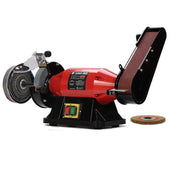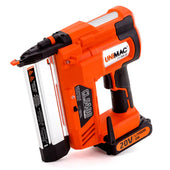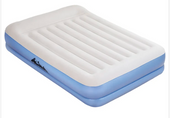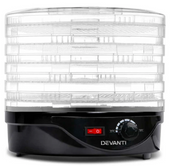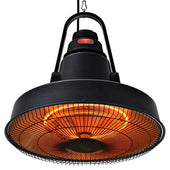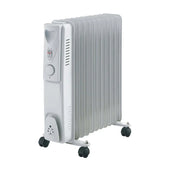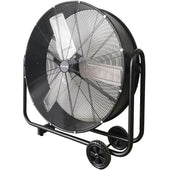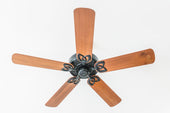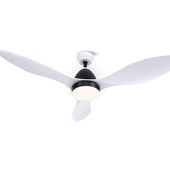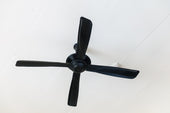Introduction: Why DIY Cushions Are a Game-Changer for Kitchen & Dining Chairs
Adding DIY cushions to kitchen and dining chairs combines comfort, style, and personal creativity. Wooden or metal dining chairs, while durable, often lack the softness needed for prolonged sitting. Custom cushions not only enhance seating comfort but also act as a cost-effective design update. Unlike store-bought alternatives, DIY cushions can be tailored precisely to match a room’s décor or seasonal themes.
The ability to experiment with fabrics, patterns, and padding thickness makes them highly versatile. Furthermore, During Days, creating cushions at home encourages sustainability by repurposing materials. This practical, creative solution brings warmth and personality to any dining space.
Choosing the Right Fabric: Balancing Style, Durability, and Comfort
Selecting the ideal fabric is a critical step in ensuring the success of any DIY cushion project. When deciding on fabric, durability should be prioritised for kitchen and dining chairs due to their frequent use. Materials like canvas, denim, and twill are excellent choices, offering long-lasting resilience.
Style plays an equally important role; patterns, colours, and textures can complement room decor or create striking contrasts. Fabrics such as linen or cotton prints bring elegance, while bold synthetic options add character.
Comfort cannot be neglected. For extended use, soft and breathable fabrics like cotton blends provide a cosy experience. Balance these factors carefully to achieve cushions that are both practical and aesthetically pleasing.
Essential Tools and Materials for DIY Cushion Projects
Creating DIY cushions requires specific tools and materials to ensure quality results. The following are crucial for successful projects:
Tools
- Measuring Tape: Accurate measurements are essential for well-fitted cushions.
- Scissors or Rotary Cutter: Sharp tools ensure clean fabric cuts.
- Sewing Machine: Speeds up stitching for durable seams.
- Needles and Thread: Useful for hand-sewing and adding details.
- Staple Gun: Ideal for attaching fabric to wooden chair bases.
- Pins and Clips: Secure fabric while sewing or assembling.
Materials
- Fabric: Choose a durable, washable material for longevity.
- Foam or Cushion Pad: Provides comfortable seating.
- Interfacing: Adds structure when needed.
- Ribbons or Trimmings: Customises and accentuates cushion designs.
- Zippers or Buttons: Facilitates easy removal for washing.
Investing in quality tools and materials ensures professional-looking, long-lasting cushions.
Simple Sew Cushions: A Beginner-Friendly Approach
Sewing cushions is an excellent way for beginners to explore basic sewing techniques and create functional, stylish additions for kitchen and dining chairs. To start, they need fabric, a sewing machine, scissors, pins, and thread that matches the chosen material.
- Fabric Selection: Beginners should opt for durable cotton or polyester blends, ensuring easy handling while stitching. Measure the chair seat for precise dimensions.
- Cutting and Pinning: Cut the fabric according to measurements, allowing extra for seam allowances. Pin the pieces together securely before sewing.
- Sewing Basics: Sew along the edges using a straight stitch, leaving an opening for stuffing. Beginners can use polyester fibrefill or foam for firmness.
- Closure: Complete by hand-stitching the opening closed, ensuring neat finishing.
A colourful trim or decorative buttons can add flair, making even beginner projects unique!
No-Sew Cushions: Quick and Creative Ideas for a Hassle-Free Update
No-sew cushions provide an effortless way to refresh kitchen and dining chairs without the need for sewing skills. Begin by choosing fabric that complements the current décor. To make a no-sew cushion, simply wrap the fabric around foam or pre-existing cushions, securing it with fabric adhesive, staples, or safety pins. Use bold prints or textured fabrics for a modern flair, or opt for soft tones for a classic touch.
Consider using iron-on hemming tape for neat edges. These cushions are also easy to replace seasonally. This method allows for maximum creativity while saving time and eliminating sewing complexities.
Upcycled Cushion Designs: Repurposing Old Fabrics and Materials
Upcycling old fabrics and materials offers a sustainable way to create unique cushion designs. Using discarded curtains, clothing, or bed linens, individuals can craft colourful and textured covers that add charm to kitchen and dining chairs. Combining fabrics like denim, wool, or cotton enhances the durability and appeal of upcycled cushions.
Ideas for Repurposing Materials:
- Jean pockets: Incorporate old denim for a rugged, farmhouse-style aesthetic.
- Vintage scarves: Use silky or patterned scarves for a pop of elegance.
- Worn flannels: Create a cosy, rustic look with checked flannel shirts.
When assembling, pairing items wisely ensures a cohesive design. Sturdy stitching techniques and proper fillers complete the transformation.
Adding Personal Touches: Embellishments, Patterns, and Colours
Infusing cushions with personal touches can elevate their design and harmonise them with your kitchen or dining space. Patterns are an effective way to bring character; choose from floral motifs, geometric designs, or abstract prints depending on the room’s theme. For embellishments, consider decorative buttons, piping, or embroidered initials to add unique detail to each cushion. Bold colours invigorate the space, while neutral tones create a calming effect—both can be used to complement existing décor. Transitioning between textures, like pairing vibrant fabrics with soft velvets or linens, provides added depth. Personalisation ensures style and comfort coexist seamlessly.
Seasonal Swaps: Refreshing Chair Cushions for Different Occasions
Switching out chair cushions for each season or special occasion can instantly refresh the dining area. Opt for lightweight, breathable fabrics like linen or cotton in pastel shades for spring and summer. Autumn can incorporate warm tones like rust-orange, mustard yellow, or earth brown, using materials such as cosy flannel. For winter, try luxurious textures like velvet or faux fur in deep, festive shades like burgundy or forest green.
- Spring and Summer: Floral or coastal patterns elevate the airy vibe.
- Autumn: Plaids and foliage-inspired prints add charm.
- Winter: Metallic accents or embroidered designs give a holiday-ready look.
Tailoring styles for seasons keeps décor lively and inviting.
Tips for Measuring and Fitting DIY Cushions Perfectly to Chairs
When creating DIY cushions, accurate measurements are pivotal for ensuring a snug fit. Start by measuring the chair seat's width and depth, using a tape measure to record dimensions in centimetres. For rounded or uniquely shaped chairs, use craft paper to trace the seat outline. Add 2-3 cm to each measurement for seam allowances.
Select materials that match the chair's style and intended use, such as durable fabric for everyday dining chairs. Include fasteners like ties or Velcro strips to securely attach cushions. Test the fit by placing foam or padding inside the stitched fabric, making adjustments if necessary to ensure comfort and precision.
Maintenance and Care for Your Handmade Cushions to Keep Them Looking Fresh
Proper maintenance can preserve the beauty and comfort of handmade cushions. Regular care involves:
- Vacuuming Weekly: Use a handheld vacuum or brush attachment to remove dust, crumbs, and debris from the fabric.
- Spot Cleaning: Quickly address spills with a damp cloth and mild detergent, avoiding harsh chemicals to protect the fabric.
- Refluffing Inserts: Shake cushions or gently massage the inserts to maintain their shape and prevent flattening.
- Rotating Cushions: Regularly rotate cushions to distribute wear evenly and avoid uneven fading.
- Washing Covers: If fitted with removable covers, follow washing instructions to prevent shrinkage or damage.
Investing time in these simple steps keeps cushions vibrant and extends their lifespan.
Conclusion: Transforming Your Dining Space with Unique DIY Chair Cushions
Customising dining or kitchen chairs with DIY cushions not only enhances comfort but also serves as an opportunity for creative expression. From selecting charming fabrics to experimenting with patterns, each idea empowers individuals to instil a personalised ambience in their dining area. These DIY projects enable the incorporation of bold colours, subtle textures, or seasonal themes to complement existing decor seamlessly. Beyond aesthetics, crafting cushions fosters sustainability by reusing materials and reducing waste. By adopting these ideas, anyone can achieve a harmonious blend of functionality, style, and personality in their dining space, creating an inviting atmosphere for every meal or gathering.


